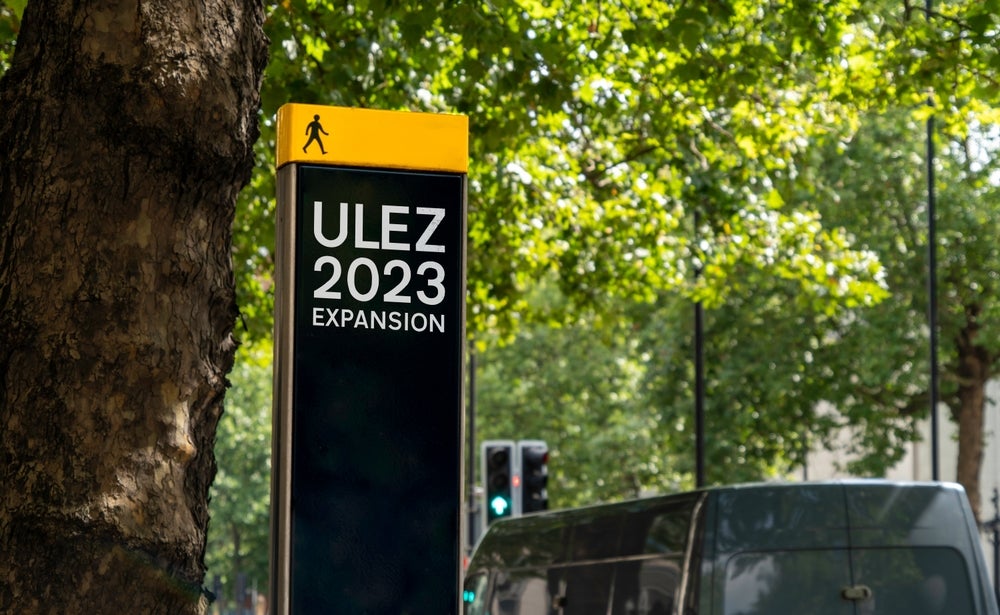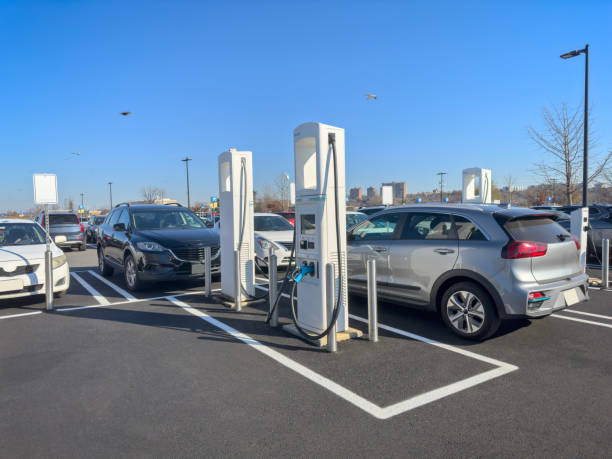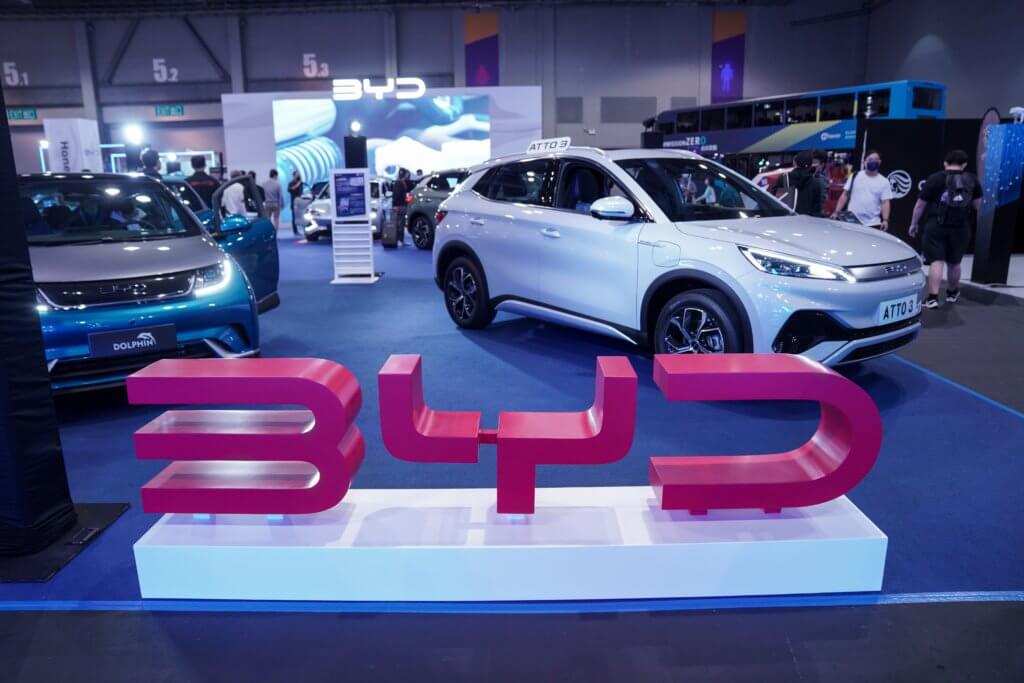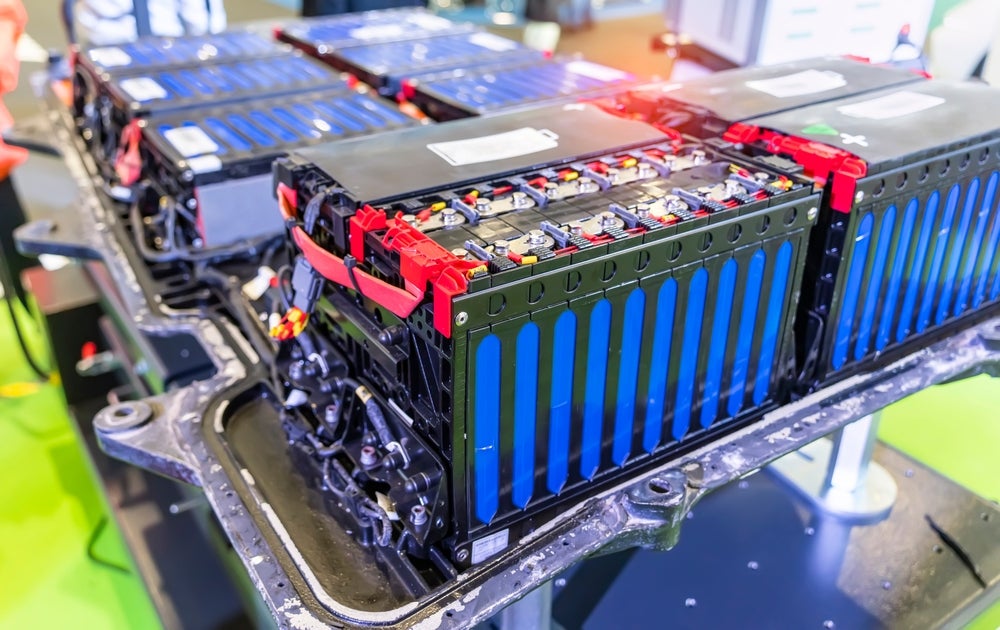
March 2015 seems like a very long time ago. Since then the country has been through three General Elections, five Prime Ministers, Brexit and a global pandemic, among an endless list of other things. But if you can cast your mind back that far, before he was Prime Minister, Boris Johnson was the Mayor of London, and while he was Mayor he announced the introduction of an “Ultra Low Emission Zone”, in central London. The idea was that vehicles which did not comply with strict emission standards would pay a charge to travel through the zone.
Johnson subsequently left the Mayorship, to be replaced by Labour Mayor Sadiq Khan, and while many of Johnson’s pet projects, such as the infamous “Garden Bridge” proposal, would fall by the wayside, the ULEZ lived on, to be implemented in April 2019 across Central London, the same space covered by the congestion charge that was already in place. Over the years, however, the ULEZ has expanded, once in October 2021 to cover the North Circular and South Circular roads, and at the end of August this year to cover all of Greater London.
For a policy to be expanded that far, one would expect it to be a vote winner, but if anything it has become something of a political football. Despite being a policy proposed by a Conservative Party Mayor, the policy has become a source of tension within the Labour Party, with Sadiq Khan and Labour leader Keir Starmer coming to loggerheads over it.
With the Conservative Party now moving to attack the policy, Starmer has joined them, saying, “We are doing something very wrong if policies put forward by the Labour Party end up on each and every Tory leaflet.”
Khan, meanwhile, has stuck to his guns, insisting the issue is too important to cave on in the face of some unflattering news cycles. He has gone on record as saying, “I’m going to carry on listening to the concerns of Londoners, but we can’t kick the can down the road when it comes to addressing a public health emergency or tackling the climate emergency.”
How well do you really know your competitors?
Access the most comprehensive Company Profiles on the market, powered by GlobalData. Save hours of research. Gain competitive edge.

Thank you!
Your download email will arrive shortly
Not ready to buy yet? Download a free sample
We are confident about the unique quality of our Company Profiles. However, we want you to make the most beneficial decision for your business, so we offer a free sample that you can download by submitting the below form
By GlobalDataChanging Minds
In the face of that conflict, the most important question becomes “Is it working?” There are definite signs that point to yes.
“When we look at charging across the UK, Greater London has a disproportionate number of charge points, particularly in terms of on-street chargers for people without off-street parking. People say, ‘Why are so many of these in London?’” says Melanie Shufflebotham, COO of Zapmap, an app that tracks the number and location of EV chagrining points. “There are a lot of houses in London without off-street charging. Secondly, there is a high concentration of affluent people who are more likely to buy an electric vehicle in London. And then thirdly there is ULEZ, which is a big incentive to use electric cars.”
Shufflebotham believes that local boroughs in London are incentivised to have on-street charging points, not least due to ULEZ.
“London has 15,600 on-street charging devices. That is 174 per 100,000 members of the population. The next closest is Liverpool, with 96 per 100,000 of the population,” she points out.
Charging provider InstaVolt shows similar results, and the company CEO Adrian Keen once again credits the shift to ULEZ as part of a matrix of other factors.
“August saw a 72.3% year-on-year increase in EV adoption, and at InstaVolt, we’ve seen a consistent growth in usage of our charge points across the country,” Keen says. “This is due to the combination of a fast-approaching ICE ban, increasing ULEZ and LEZ coverage and a widening appetite to make greener choices amongst drivers in the UK. Drivers understand that they need to futureproof and shouldn’t wait until they have to be part of the change to make their own transition away from ICE and toward EV; the future of our roads is electric.”
Of course, since we spoke with Keen, Rishi Sunak has announced plans to delay the 2030 ban on ICE vehicles until 2035.
“The decision to push the ban back by five years will leave many feeling frustrated and – rightly – calling for clarity, support and an assurance that the goalposts won’t move again,” said Sally Foote, UK Managing Director at carwow, in a statement after the announcement.
“Overall, it’s just a really disappointing policy,” agrees Shufflebotham. “You will see the industry is disappointed and incredulous. From UK PLC’s point of view, a lot of investment has been made based on that ban being in place. “
With the ICE ban being kicked further into the future, more of the weight falls on ICE as an incentive to transition to EVs. The number of charging locations is a data point, but ultimately consumer behaviour is the factor that will decide the success or failure of the ULEZ policy. The data is clear here as well.
“ULEZ has undoubtedly prompted many consumers to consider a change of vehicle. In July and August, non-ULEZ-compliant cars listed by sellers increased to around 26% of all our ‘sell my car’ auction listings, up from one in five (20%) in November 2022 when the expansion of the scheme was first announced,” says Foote. “We saw a very rapid shift in London-based drivers wanting to sell their cars back to trade at a national level when the High Court announced that the scheme expansion was lawful, mere weeks ahead of the deadline.”
Foote also tells us that carwow saw more people listing non-compliant cars in London over the summer months. When asked what they were planning to do next, 25% of carwow customers said they were considering buying an electric vehicle directly because of ULEZ changes.
However, much like the ULEZ, its impact is localised.
“Outside of major urban centres – where ULEZ or Clean Air Zone schemes are more likely to be implemented – car buyers are still keeping their eyes peeled for good-quality used cars that don’t need to be ULEZ-compliant,” Foote says. “From our dealer partners, we still see great conversion rates on enquiries for quality non-compliant cars, especially the ones that have a full-service history and lots of supporting images. So we know there’s still high demand for these good-condition cars in other parts of the UK from a car-trade standpoint too.”
Showing Results
However, Shufflebotham argues that the true measure of the ULEZ system is not just seen in EV or low-emission car purchases. It is not even seen in the £224 million the ULEZ raised in 2022. The goal of the policy is to reduce emissions and make the air cleaner.
“I’m supportive of the ULEZ,” Shufflebotham says simply. “The key thing is improving air quality. That is the critical goal it was trying to achieve, and it has achieved that by giving a reason to more London boroughs to install charging points for electric vehicles.”
Keen also points to the practical impact of the ULEZ in terms of air pollution.
“Since the implementation of the initial ULEZ in London in 2019 and its subsequent expansions, the positive impacts have been considerable,” he says. “In just four years we’ve seen a significant reduction in the levels of harmful air pollution in London – a 23% reduction, to be precise – by reducing nitrogen oxide emissions from road traffic by 13,500 tonnes across London. The biggest contributor to this reduction percentage occurred in TfL busses, showing the great importance of public transport in this transition.”
But as the political controversy around the ULEZ shows, the policy needs to be measured by more than its practical impact. It has a war of public opinion to fight as well.
“We know ULEZ is confusing for many drivers; our research found that 64% of Londoners were unsure if their car would incur charges,” says Foote, although she emphasises the news is not all negative. “Despite widespread confusion around whether their cars will be affected, our research suggested there was general support for the schemes: 40% of Londoners supported the zones, compared to just 31% who actively opposed them.”
Foote argues that as more drivers come to feel the increase in ownership costs, or are hit with ULEZ fines, the trend of trying to sell non-compliant cars in the capital will continue well beyond 29 August when the expansion was launched, but there are still hurdles to overcome.
“In that regard, the aim of lowering the number of non-compliant cars on the road will be achieved,” Foote says. “But it has come at a personal cost to many Londoners.”
The ULEZ functions as an effective stick, but there is no accompanying carrot. Despite the introduction of a scrappage scheme in London boroughs, there were no specific incentives for drivers impacted by ULEZ to consider changing to an EV or hybrid car, as opposed to a slightly younger (but therefore compliant) petrol or diesel car.
“When it comes to moving drivers into a cleaner fuel-type, ULEZ was a huge opportunity which the Government and the Mayor of London could have leveraged more, to encourage those selling non-compliant vehicles to consider a (used) EV for their next car,” Foote argues.
And yet, regardless of the political manoeuvring around the ULEZ, it has shown itself to be too valuable a tool to dispose of completely. On the contrary, we can expect to see more of it.
“With London showing a reduction of pollution five times faster than the rest of the UK, we should expect that ULEZ will soon be a reality for a significant portion of the UK,” insists Keen. “We’re already seeing clean air zones around the country so we’re already on the way there.”
Indeed, other parts of the country are already starting to follow suit.
“I live in Bristol, and we just rolled out ULEZ in central Bristol on a similar basis – Euro 6 for Diesel and Euro 4 for petrol,” points out Shufflebotham. “It has not been popular, but it starts people thinking about the emissions of their cars in highly populated urban centres.”
Particularly critical to this trend is the recent ruling on the ULEZ expansion across all London boroughs.
“It’s integral to the UK’s transition to electric as part of the wider net zero by 2050 regime,” Keen says. “Electric cars are fully exempt from paying the ULEZ charge, saving drivers £12.50 daily and this incentive is clearly working in practice. As well as the significant reduction in emissions, the ULEZ zones have demonstrated a reduction in the number of older, more polluting vehicles, with a depletion of the number of non-compliant vehicles detected in the zone by almost 60%.”
Indeed, having seen ULEZ come to her hometown, Shufflebotham continues to be a strong advocate for the policy’s wider rollout.
“I would support ULEZ in all major cities,” she says. “We need to push people to think about what is coming out of their tailpipe and how it is affecting air quality and health.”
InstaVolt, meanwhile, is investing heavily in their rapid charging network across the country including ULEZ expansion zones, forming infrastructure to meet the needs of EV users, with plans in progress for a charging hub at Syon Park in Brentford, among multiple other developments.
“Drivers should also be aware that they can be exposed to some of the most damaging forms of pollution too, not only cyclists, bus passengers and pedestrians,” Keen points out. “The extent of exposure depends on the car, the air-tightness of the cabin, any filters installed and how the car is used, according to a new report from scientists at Imperial College London. ULEZ directly helps to mitigate this.”
Ultimately, whatever the political fallout surrounding ULEZ, or however the winds of politics may be changing over the ICE deadline, the question is not “Will public opinion support ULEZ?” but “How can we bring public opinion on-side?”
As Keen says, “We need to push aside our prejudices against change and understand that this is not just a political scheme, but one that directly impacts our country’s health and environment.”
Also See
ULEZ fun and games, but let’s not forget the 10-point plan
UK government publishes Zero Emission Vehicle mandate
Sunak’s ICE sales ban delay raises auto finance sector’s hackles







